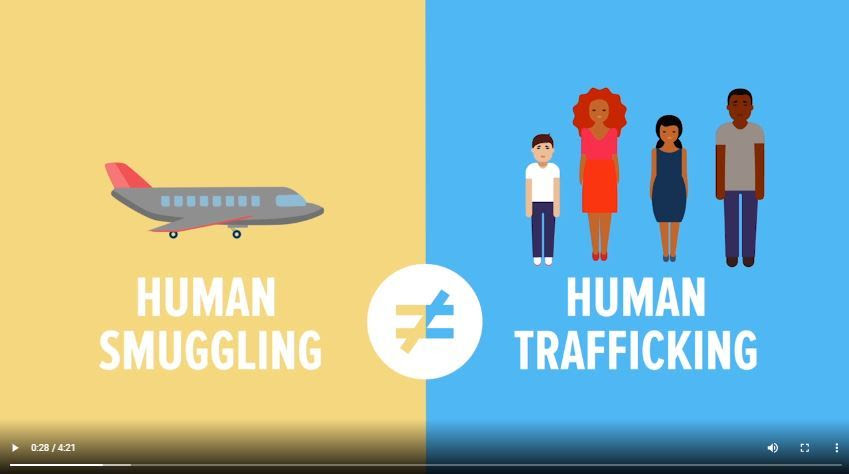
Blue Campaign regularly works with survivor consultants to ensure our materials and messages accurately depict what human trafficking can look like. Throughout September, follow Blue Campaign (@DHSBlueCampaign on Twitter, Facebook, and Instagram) for the #SurvivorsSay series.
Blue Campaign posts with the hashtag #SurvivorsSay will highlight information and insights on human trafficking directly from survivors. Follow along to learn more about the survivor perspective and how you can educate yourself and your community about recognizing and reporting human trafficking.

| | Learn from the Survivor PerspectiveBLI Recognizes National Aviation DayIn recognition of National Aviation Day on August 19, the Blue Lightning Initiative (BLI) hosted a series of webinars that introduced the program to potential new partners. More than 150 attendees represented commercial airlines, regional and international airports, and aviation training institutes. In carrying out its mission to provide training to aviation industry professionals about human trafficking, BLI has trained more than 100,000 personnel to date who continue to report actionable tips to law enforcement. BLI continually works to expand its network of partners to train even more airline personnel on how to recognize and respond to human trafficking. Learn more about the program and how to join the more than 70 BLI partners. MN Makes Sex Trafficking a Violent Crime, Funds New Antitrafficking Post (St. Cloud Times)
At the request of the Central Minnesota Human Trafficking Task Force, legislators have approved changes in Minnesota’s laws that will classify sex trafficking as a violent crime. Updated laws will include increased consequences for sex buyers and increased protections for victims and children. Tag Blue Campaign on Twitter, Facebook, and Instagram using @DHSBlueCampaign. Each month we share content you can distribute on your social channels to raise awareness of human trafficking in your community. - This month, follow @DHSBlueCampaign and #SurvivorsSay to learn more about #HumanTrafficking directly from survivors.
- Learning from the survivors of #HumanTrafficking is an important step in combating this heinous crime. This month, follow @DHSBlueCampaign and #SurvivorsSay to learn about trafficking from the survivor’s perspective.
- Can you tell a #HumanTrafficking myth from fact? Learn more about common myths and misconceptions about the crime from @DHSBlueCampaign: bit.ly/3tsHZxK
- @DHSBlueCampaign has resources to help you raise awareness about #HumanTrafficking in your community. Download them here: bit.ly/38TtXMd
For more information visit the Blue Campaign
To report suspected human trafficking: 1-866-347-2423
To get help from the National Human Trafficking Hotline: 1-888-373-7888
or text HELP or INFO to BeFree (233733) |
| | |
|
|






















